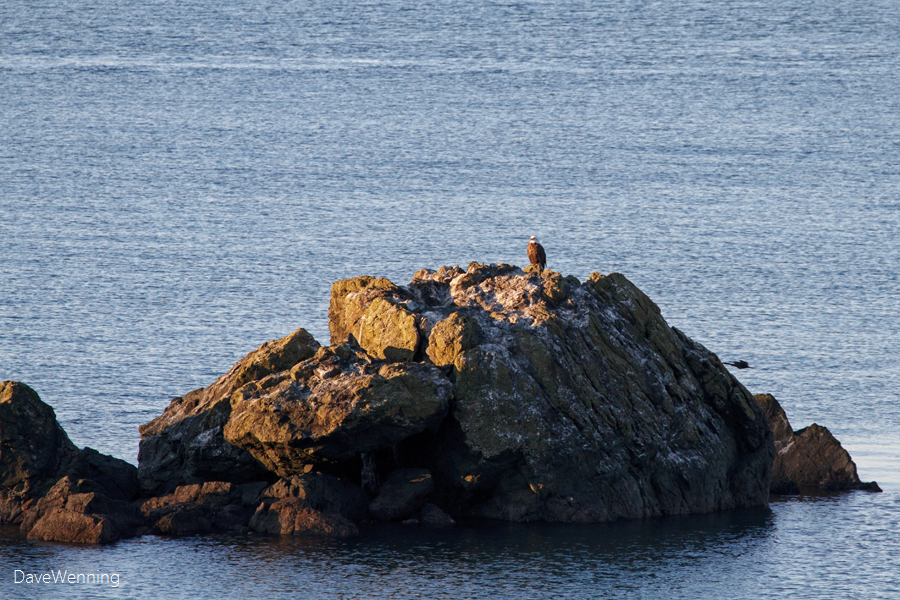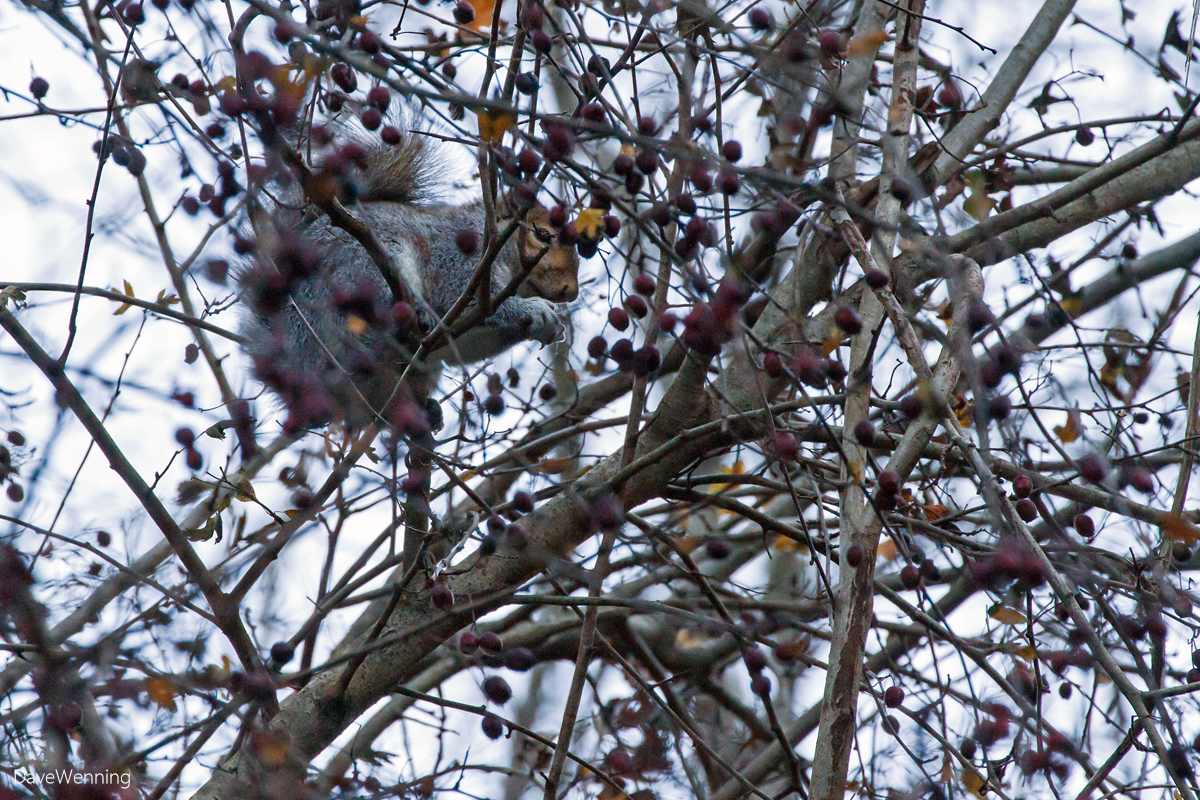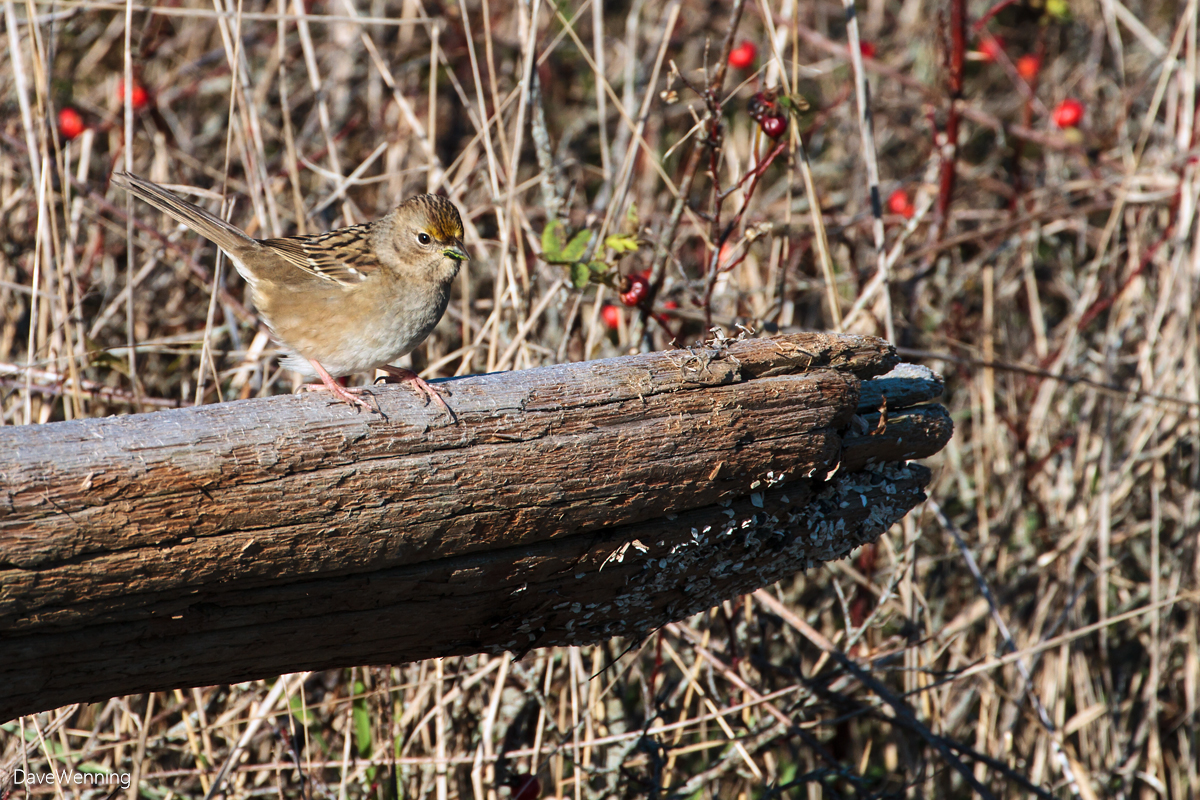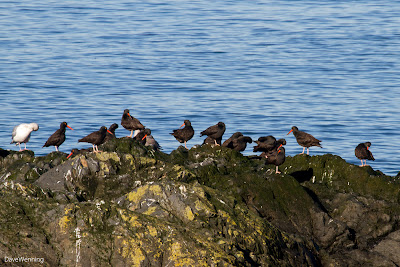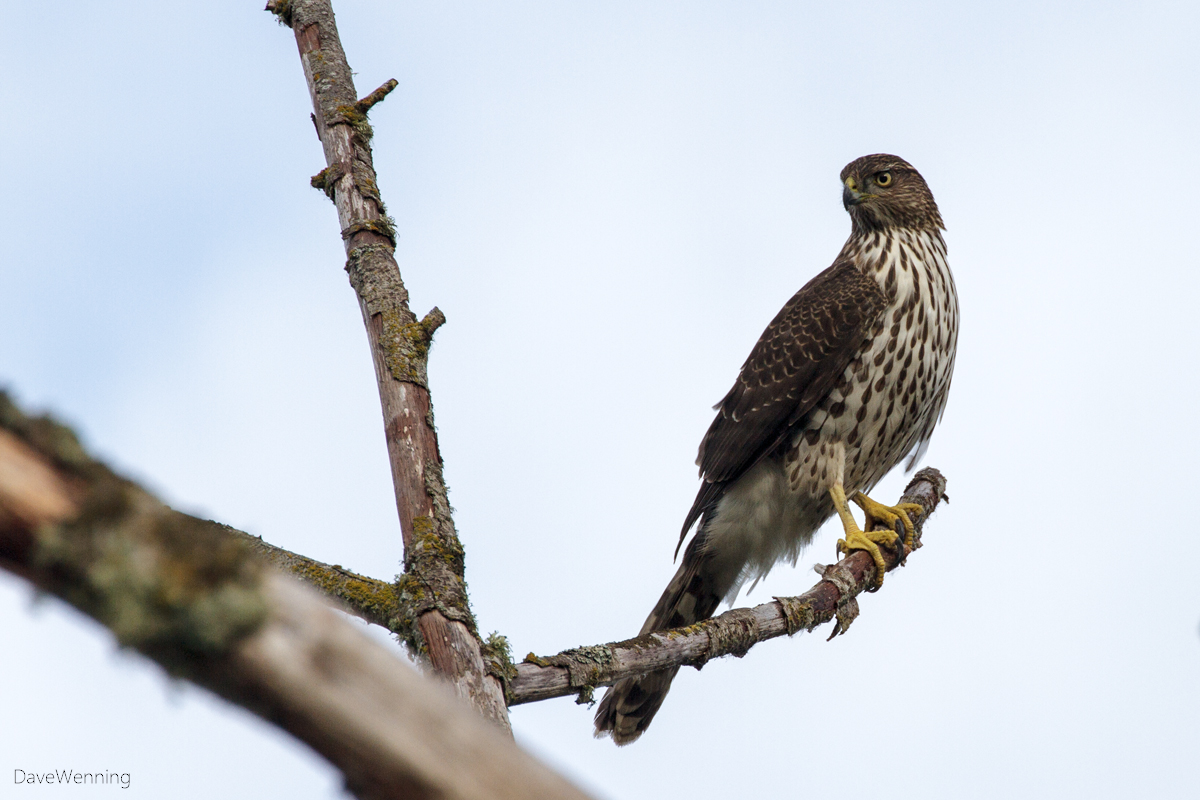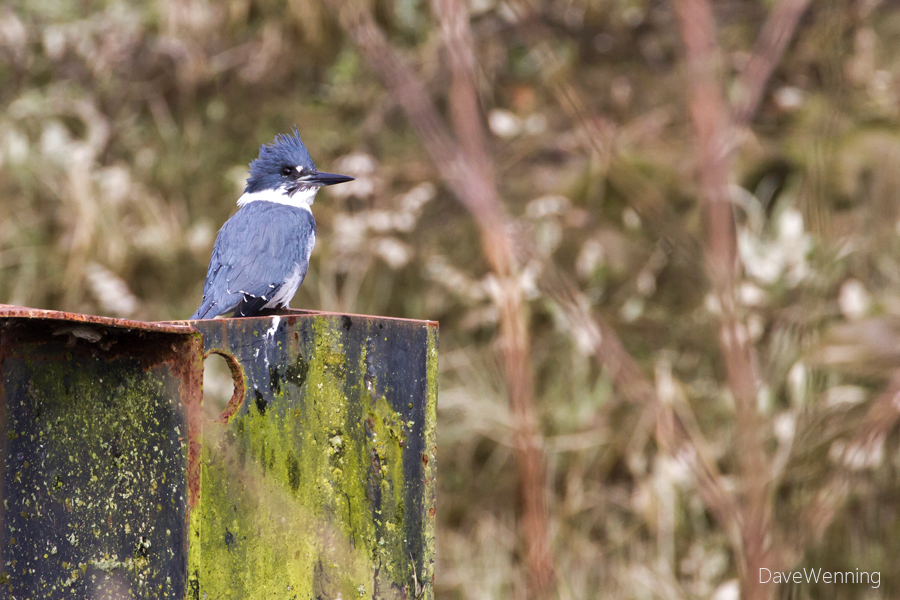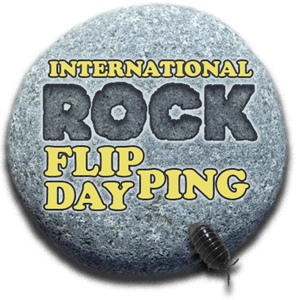An Eagle for Boxing Day
-7D1_9380.jpg)
On the day after Christmas, Boxing Day is observed in many English-speaking countries around the world. For some reason, it is well known, but only erratically observed in the United States. Mostly, we use it as an excuse to take another vacation day after Christmas. My Christmas present this year was a new Canon EF 100-400mm II telephoto lens. Among the first subjects I wanted to photograph with it were the Black Oystercatchers on "Fraggle Rock" in Deception Pass State Park. Winter is the best time to find them there. On Boxing Day, I headed over to the park with the new lens. When I got there, I was pleased to find several dozen Oystercatchers on the rock. Just as I was getting ready to shoot, some ignorant, yahoo tourist started throwing things at the birds. This is the second time I have observed this behavior in the same spot. The gulls weren't bothered, but all of the Oystercatchers flew off, about fifty in all. My shoot was over before it starte
